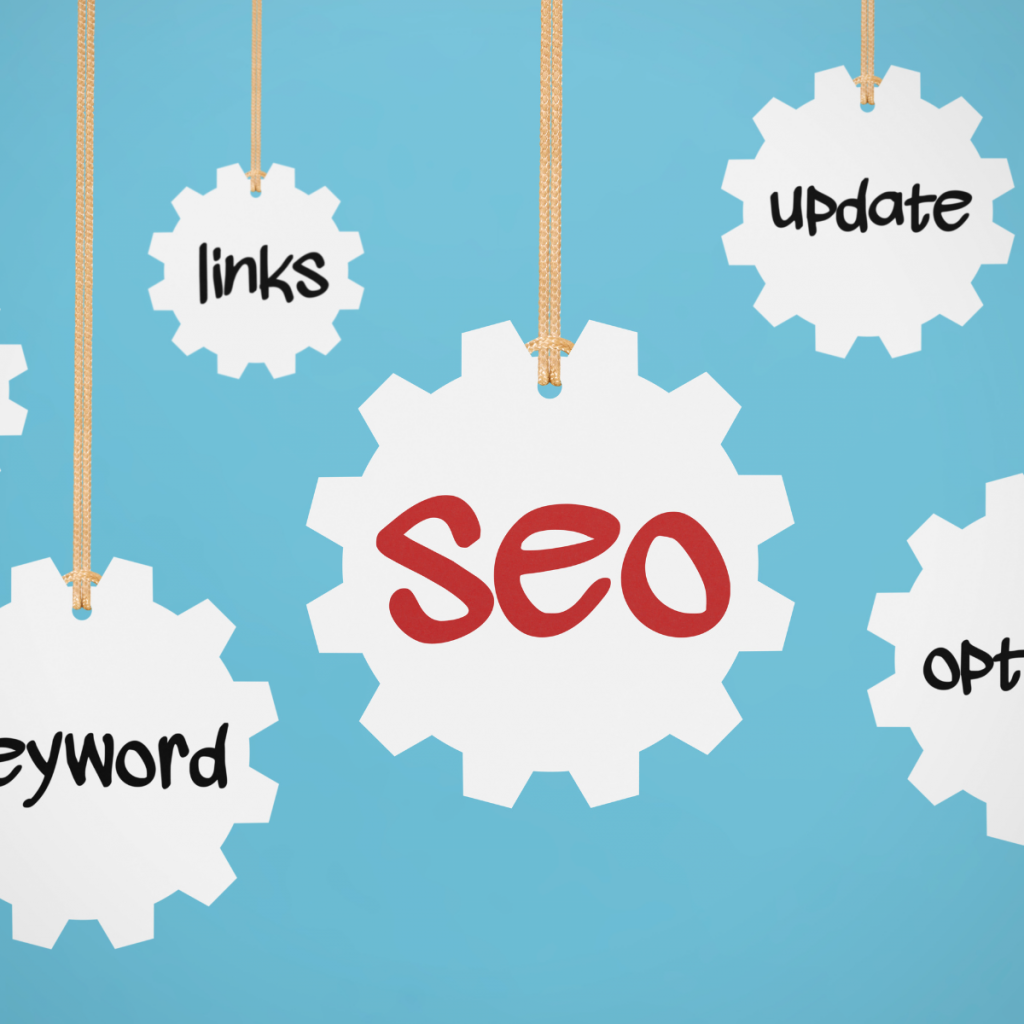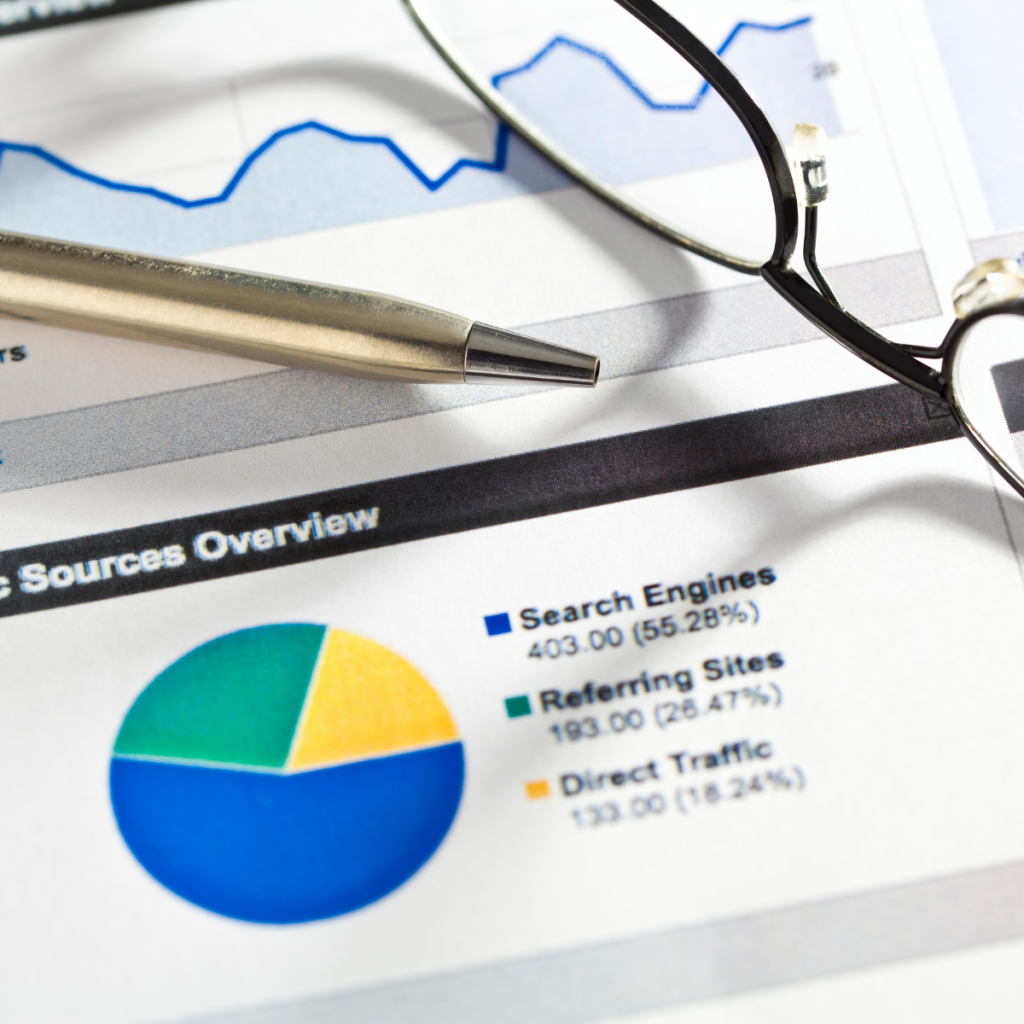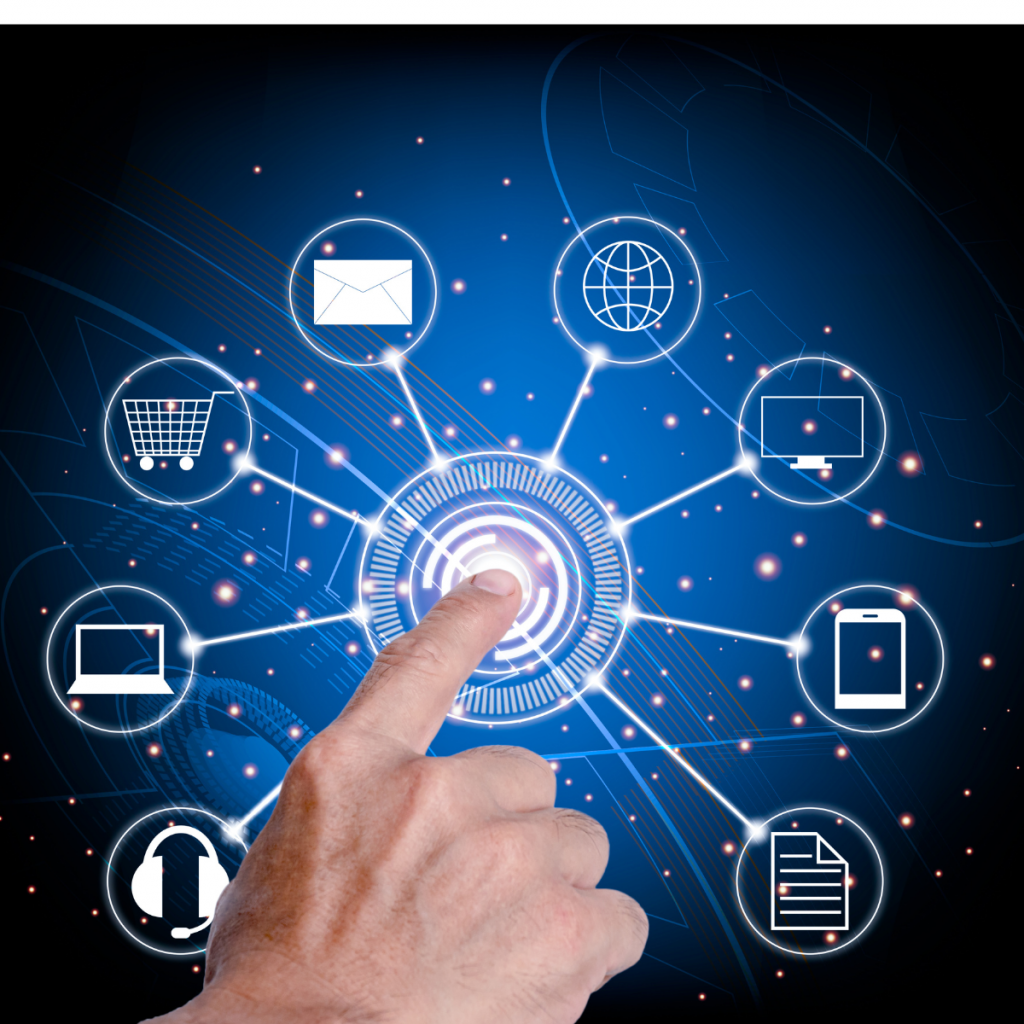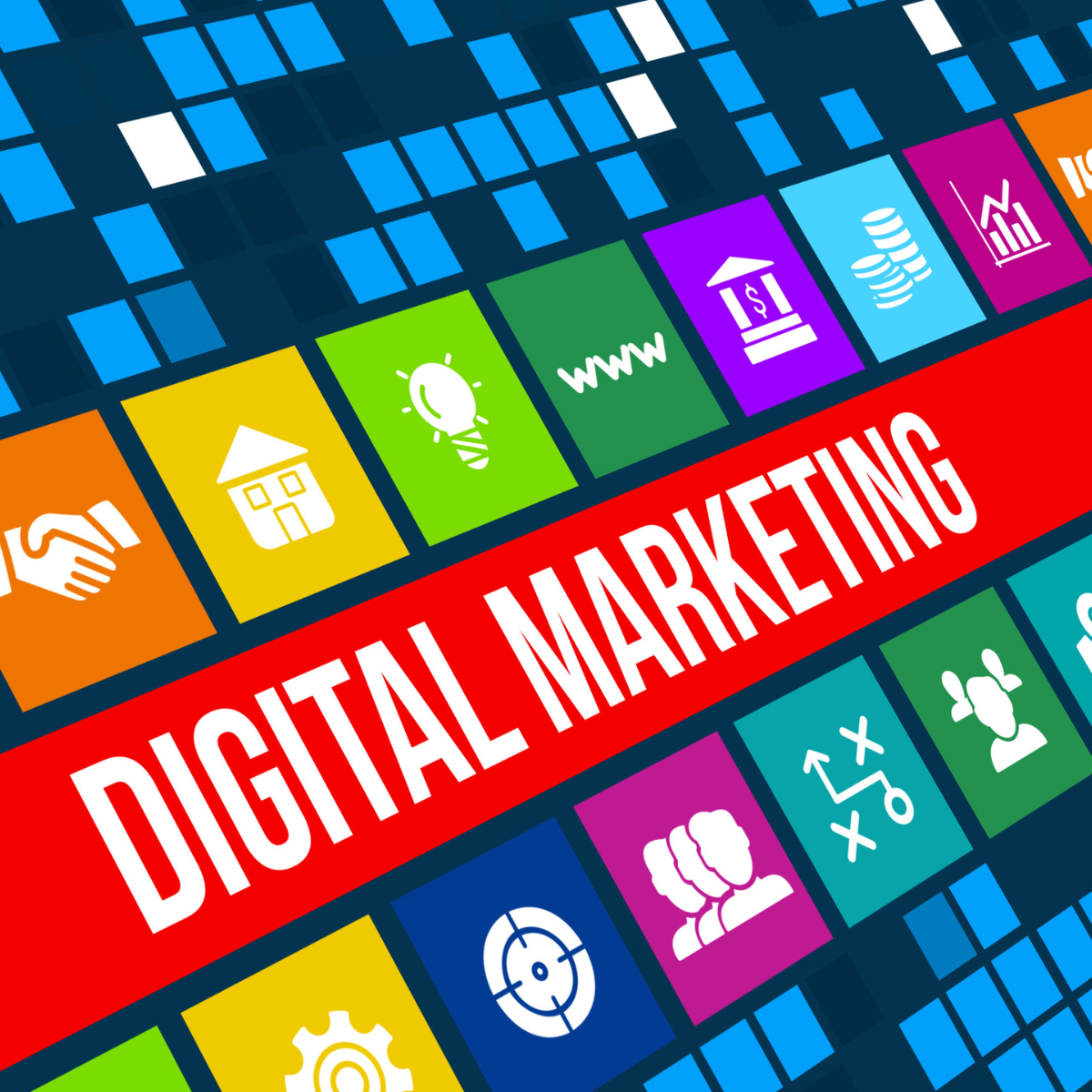In today’s fast-paced digital world, businesses need to stay ahead of the curve to remain competitive and drive significant revenue growth. Digital marketing has become an essential part of any successful business strategy, but with so many options available, it’s crucial to find innovative approaches that can set your brand apart. The strategies that worked yesterday may not be enough to keep your audience engaged or boost sales. That’s why adopting disruptive digital marketing strategies is key to standing out in a crowded market.
This article explores 10 innovative digital marketing strategies that can help businesses drive more traffic, convert leads, and ultimately boost revenue. Whether you’re looking to leverage cutting-edge technology or tap into emerging trends, these strategies will provide the tools and insights needed to elevate your brand’s online presence and profitability in today’s competitive landscape.
1. Hyper-Personalized Content Marketing
Personalization has been a buzzword in marketing for years, but in 2025, hyper-personalization is taking content marketing to the next level. By using advanced data analytics and customer insights, businesses can create highly tailored content that resonates with each individual. This strategy involves customizing emails, advertisements, and landing pages to align with a customer’s preferences, purchase history, and browsing behavior.

Hyper-personalized content goes beyond just addressing the recipient by name. It involves delivering the right message at the right time through the right channel, increasing the likelihood of conversion. Businesses can use tools like AI-driven content platforms to create dynamic content that adapts to the user’s journey, leading to more engaging and impactful marketing.
2. Interactive and Immersive Experiences with AR/VR
Augmented Reality (AR) and Virtual Reality (VR) are changing the way consumers interact with brands. By 2025, businesses will increasingly use AR and VR to create immersive and interactive experiences that engage customers on a deeper level. AR allows consumers to visualize products in their real-world environment, while VR takes them into a completely virtual world.
For instance, companies in the fashion, beauty, and real estate industries can use AR and VR to allow customers to try on clothes virtually, test makeup products, or take virtual tours of properties. These immersive experiences can dramatically enhance customer engagement, improve product understanding, and lead to higher conversion rates, making AR and VR essential tools for disruptive digital marketing.
3. Voice Search Optimization
With the rise of smart speakers and voice assistants, voice search is becoming a dominant method for users to find information. By 2025, it’s predicted that voice search will account for over 50% of all online searches. As a result, businesses need to optimize their content for voice search to maintain visibility in search engine results.
Voice queries tend to be more conversational, with longer phrases and natural language. Businesses should focus on long-tail keywords, frequently asked questions (FAQs), and structured data to improve their chances of appearing in voice search results. Optimizing for voice search will enhance your SEO strategy and provide a competitive advantage in 2025.
4. Chatbots and Conversational Marketing
Chatbots have transformed the way businesses communicate with their customers. These AI-driven tools provide real-time, automated support, answering questions, processing transactions, and guiding customers through their buyer’s journey. In 2025, conversational marketing will be a cornerstone of digital marketing strategies.
By using chatbots, businesses can offer instant assistance and personalized recommendations at any time, increasing engagement and customer satisfaction. Chatbots also enable brands to capture valuable data about customers’ preferences, which can be used to improve future interactions and drive conversions. As the technology behind chatbots continues to improve, businesses that integrate them into their digital marketing strategies will see increased revenue through better customer service and engagement.
5. Influencer Marketing with Micro and Nano Influencers
Influencer marketing has evolved, and in 2025, micro and nano influencers will play an even more significant role in shaping purchasing decisions. These influencers have smaller, but highly engaged audiences, which makes their recommendations feel more authentic and trustworthy. Brands can partner with micro and nano influencers to tap into niche markets and build more meaningful connections with their audience.
Unlike macro-influencers, these influencers often have a more intimate relationship with their followers, which leads to higher trust and better engagement. By working with influencers whose values align with your brand, you can create more personalized, effective campaigns that resonate with consumers, ultimately boosting your revenue and brand loyalty.
6. Social Commerce and In-App Shopping
Social media platforms are becoming more than just spaces for social interaction—they’re evolving into full-fledged e-commerce hubs. Social commerce, which allows consumers to purchase products directly from social media platforms like Instagram, Facebook, and TikTok, is expected to grow exponentially in the coming years.

In-app shopping features enable users to buy products without ever leaving the platform, making the buying process quicker and more seamless. Brands can take advantage of this trend by creating shoppable posts, integrating payment options, and running targeted ads to drive sales directly from social media channels. Social commerce allows businesses to convert social interactions into real sales, boosting revenue and customer acquisition.
7. Video Marketing with Shoppable Content
Video marketing has become an essential part of any digital marketing strategy, and in 2025, it will continue to drive massive traffic and engagement. Live streaming, short-form videos, and shoppable video content are becoming increasingly popular as they offer a more interactive and engaging experience for consumers.
Platforms like YouTube, Instagram, and TikTok allow businesses to incorporate shoppable features directly into their video content. This means that viewers can purchase products as they watch, significantly reducing the friction in the purchasing process. Video marketing also helps brands tell compelling stories, connect with customers on an emotional level, and ultimately drive higher conversion rates.
8. Programmatic Advertising and AI-Powered Targeting
Programmatic advertising allows businesses to automate the process of buying and placing digital ads through real-time bidding. This strategy ensures that ads are shown to the right audience at the right time, improving the effectiveness of ad spend and maximizing ROI.
AI-powered targeting is taking programmatic advertising to the next level. By analyzing large datasets and predicting consumer behavior, AI can optimize ad placements, create more personalized ads, and improve conversion rates. In 2025, businesses will need to leverage these advanced targeting capabilities to maximize their ad spend and boost revenue.
9. Sustainability Marketing and Ethical Branding
Consumers today are more conscientious than ever about the environmental and social impact of the brands they support. Sustainability marketing focuses on promoting your brand’s commitment to eco-friendly practices, ethical sourcing, and social responsibility. This trend is set to disrupt the digital marketing landscape as more businesses align their marketing strategies with sustainability goals.
Brands that focus on sustainability and ethical practices are likely to attract consumers who prioritize these values, leading to increased customer loyalty and brand trust. By integrating sustainability into your marketing messages and demonstrating your commitment through tangible actions, you can stand out from the competition and boost revenue.
10. Data-Driven Marketing with Predictive Analytics
Data-driven marketing is not a new concept, but in 2025, the use of predictive analytics will be more important than ever. Predictive analytics uses historical data, machine learning algorithms, and AI to predict future customer behavior and trends, allowing businesses to make more informed decisions.

By analyzing customer data, businesses can identify patterns and create more personalized campaigns that are likely to resonate with their audience. Predictive analytics enables marketers to anticipate customer needs, optimize marketing strategies, and drive more revenue through targeted campaigns that meet the exact needs of each individual.
Conclusion
In 2025, the digital marketing landscape will continue to evolve rapidly, and businesses need to adopt innovative strategies to stay ahead of the competition. From hyper-personalized content to AI-powered advertising, the key to success lies in embracing disruptive marketing trends that enhance customer experiences and drive conversions. By leveraging these 10 disruptive digital marketing strategies, businesses can boost their revenue, build stronger customer relationships, and ensure long-term success in the ever-changing digital world.

Leave a Reply